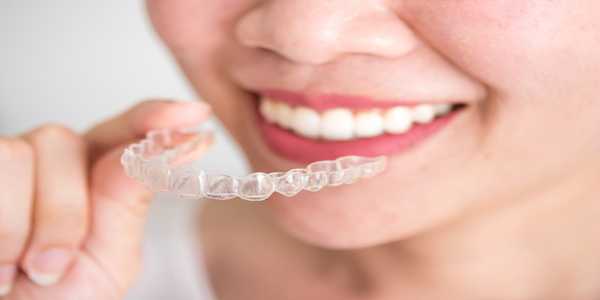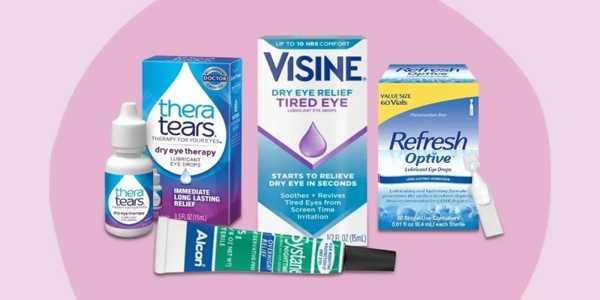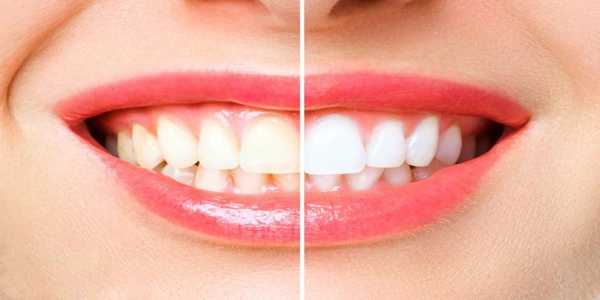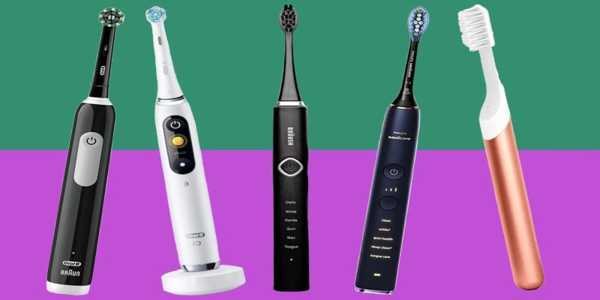The Truth About Fluoride Toothpaste: Benefits And Brands To Try
Ever wondered if your toothpaste is doing enough for your teeth—or maybe even doing too much? There’s a lot of buzz about fluoride these days, and it’s easy to get lost in the noise. Is fluoride really essential for a healthy smile? Should you switch to a fluoride-free option or double down with prescription-strength toothpaste?
Let’s unpack the real science behind fluoride toothpaste, why it's been a dental standard for decades, and which brands are actually worth putting on your bathroom shelf.
Why Fluoride Is Still A Big Deal In Oral Care
Let’s start with the basics. Fluoride is a naturally occurring mineral that helps strengthen enamel, the protective outer layer of your teeth. When enamel gets weak—whether from sugary snacks, acidic drinks, or just daily wear—fluoride can step in and rebuild it. This process, called “remineralization,” makes teeth more resistant to cavities.
Here’s what’s interesting: even though fluoride has been in toothpaste since the 1950s, recent studies still show it reduces the risk of tooth decay by up to 40%. That’s huge—especially when you consider how easy it is to use. So, if you’re brushing twice a day with fluoride toothpaste, you’re not just cleaning your teeth—you’re actively fortifying them.
Busting Some Common Myths
With the rise of “natural” and “clean beauty” trends, fluoride has come under fire. Let’s clear up a few of the biggest misconceptions:
“Fluoride is toxic.”
Yes, like anything else, fluoride can be harmful in extreme amounts. But in toothpaste, the levels are tightly controlled. You’d have to swallow multiple tubes in one go to reach a dangerous level. A pea-sized amount on your brush is completely safe—and highly effective.
“Kids should avoid fluoride.”
Actually, dentists recommend fluoride toothpaste for kids as soon as their first tooth appears. The key is supervision. Use a smear for toddlers and a pea-sized amount for kids aged three and up. It’s not about avoiding fluoride—it’s about using it correctly.
“Fluoride-free toothpaste is just as good.”
Not really. Most fluoride-free options rely on ingredients like calcium or baking soda, which can help with cleaning but don’t offer the same level of enamel protection. If you’re cavity-prone, fluoride isn’t just helpful—it’s necessary.
What to Look For in a Fluoride Toothpaste
The average store shelf can be overwhelming—whitening, sensitive, charcoal, herbal. But if enamel protection is your top priority, here’s what actually matters:
Fluoride Content
Look for toothpaste with at least 1,000 ppm (parts per million) of fluoride. For adults, 1,450 ppm is the sweet spot. Some prescription-strength versions go up to 5,000 ppm for those with chronic dental issues.
ADA Seal
The American Dental Association (ADA) seal means the product has been independently tested for safety and effectiveness. No marketing fluff—just facts.
Low Abrasiveness
If you’re brushing hard or using gritty toothpaste, you could be wearing down enamel instead of protecting it. Stick to toothpaste with a low Relative Dentin Abrasivity (RDA) score—ideally under 70.
5 Reliable Fluoride Toothpastes That Actually Work
So, which brands are actually delivering the benefits they claim? Here’s a list that balances science-backed ingredients, user-friendly pricing, and dentist approval.
Colgate Total
A household name for a reason. Colgate Total has 1,450 ppm fluoride and includes ingredients that fight plaque, gingivitis, and bad breath. It also sticks around longer in your mouth thanks to its antibacterial formula.
Why people like it: It covers all the bases—clean feeling, fresh breath, cavity protection, and it’s widely available.
Sensodyne Pronamel
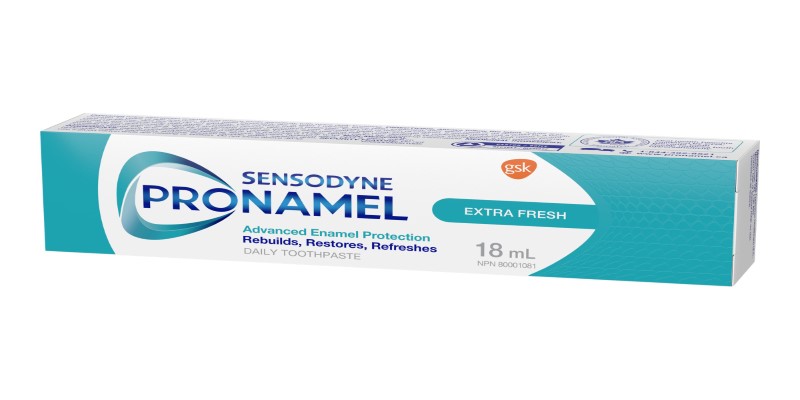
Perfect for anyone with sensitive teeth or eroded enamel. Pronamel is gentle on teeth but still contains the fluoride needed to strengthen enamel over time.
Best for: People who regularly drink coffee, soda, or citrus juices.
Crest Pro-Health Advanced
Crest Pro-Health lines include stannous fluoride, which offers extra protection against gum issues and sensitivity. It's a great pick if you’re looking for a multi-purpose option.
Standout point: Helps with early gum inflammation while fighting cavities.
Tom’s of Maine Fluoride Toothpaste
This is for the folks who want something natural but aren’t willing to compromise on fluoride. It’s free from artificial flavors and dyes but still delivers 1,150 ppm of cavity-fighting fluoride.
Good pick for: People who like a clean-label product with a science-backed punch.
Clinpro 5000 (Prescription)
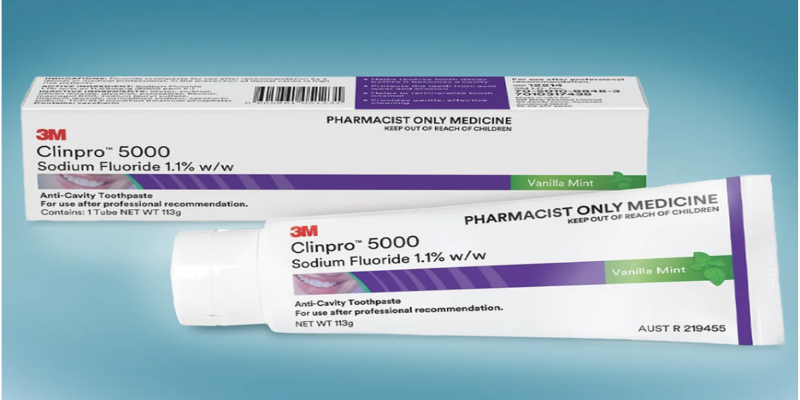
This one is not available over the counter, but it's worth mentioning. With 5,000 ppm fluoride, it's meant for people with a high risk of tooth decay—think braces, dry mouth, or frequent cavities.
When to ask your dentist: If your regular toothpaste isn’t cutting it and you’re still getting cavities.
Who Might Want to Skip Fluoride (Temporarily)?
While fluoride is a gold standard, there are a few cases where someone might choose to go fluoride-free—but temporarily.
Undergoing certain medical treatments
Some people with kidney issues or undergoing specific treatments are advised to limit fluoride exposure, always under medical supervision.
Allergic reactions (rare)
Though uncommon, some people may develop minor reactions. In such cases, switching brands or formulas may solve the problem without ditching fluoride entirely.
Short-term detox preferences
Some users switch to fluoride-free toothpaste for a short period when trying to simplify their product exposure but later return to fluoride-based ones.
The key is to always make that decision based on facts, not fear.
Can You Use Too Much Fluoride?
Technically, yes—but it’s very difficult to do that through normal brushing habits. The most common side effect of too much fluoride in childhood is dental fluorosis—white spots or streaks on teeth. It’s purely cosmetic and doesn’t affect tooth function. Adults are generally not at risk.
Just follow the “pea-sized amount” rule and don’t swallow toothpaste—especially for kids—and you’re in the clear.
Choosing What Works For You
At the end of the day, the best toothpaste is the one you'll use consistently—and correctly. For most people, fluoride is a smart, simple way to protect their smile. With so many trustworthy brands on the market, you don't have to compromise on taste, feel, or ingredients. A stronger, healthier mouth might just start with that next brush.
